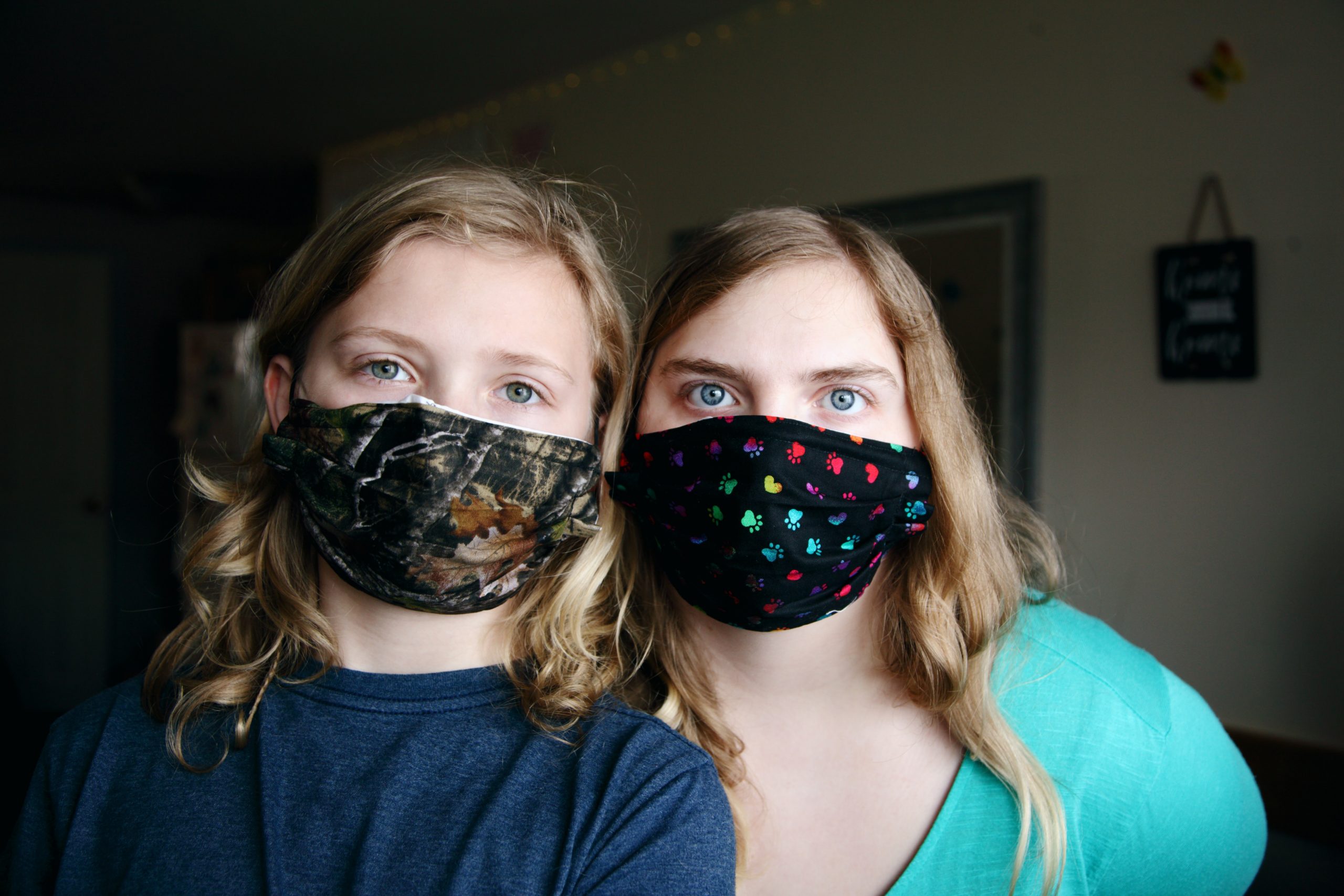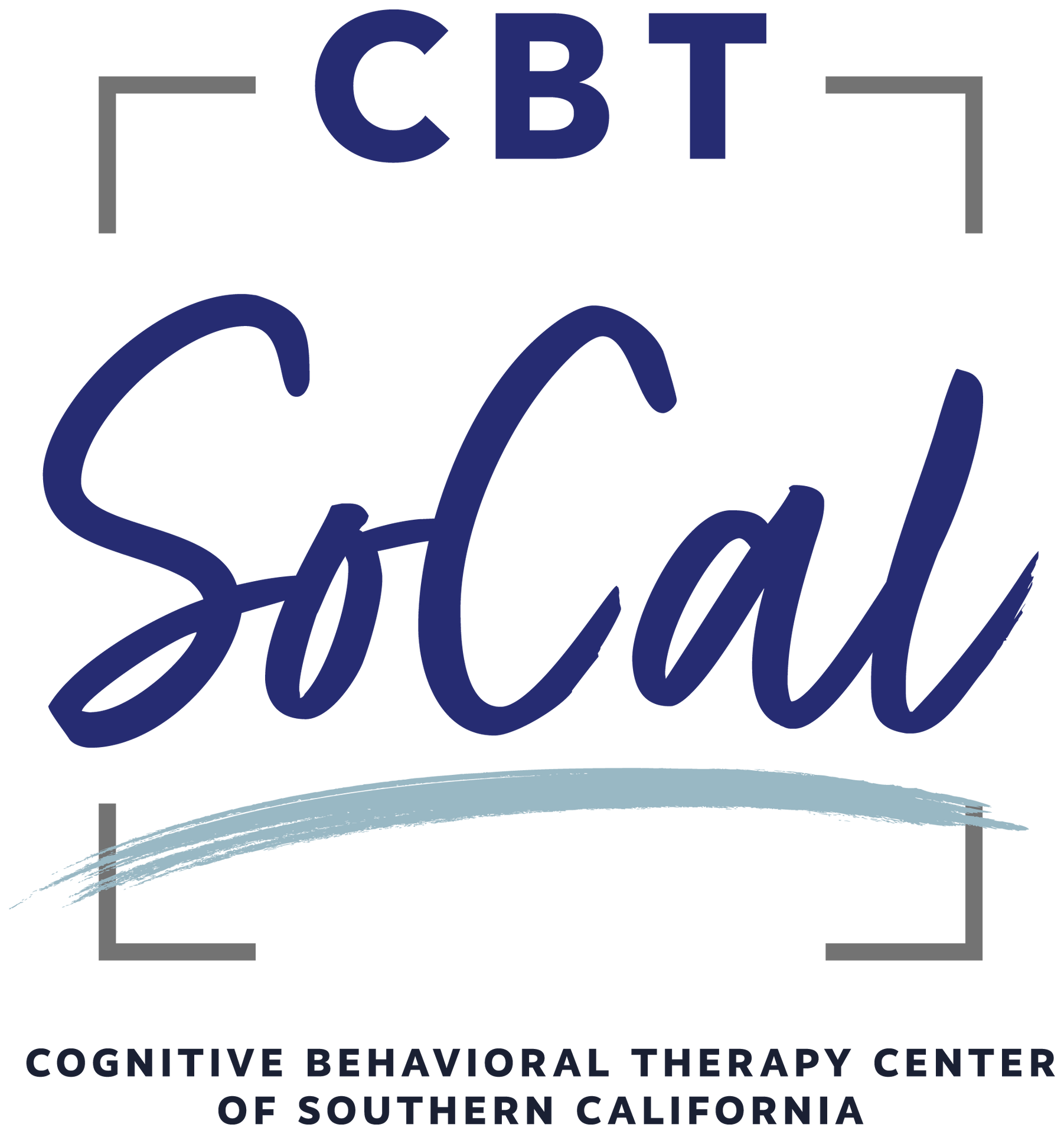Tips for Parenting Anxious Kids in the Coronavirus Era: What To Say & How

The Coronavirus pandemic has been a source of growing anxiety, stress, and uncertainty for many, including children. As a parent, you might be feeling overwhelmed and unsure about how to approach this topic with your child in a way that won’t cause undue anxiety or stress. If you are feeling this way, you are not alone. Below we will discuss ways in which you can find the balance between providing your child with helpful information while also protecting them from the overabundance of information that is being put out there today.

1) REMAIN CALM & REASSURING:
The way we talk to children is just as important as what we say. Children will react to and follow your verbal and nonverbal reactions. For example, if you’re feeling anxious or overwhelmed by what is going on right now, your child can likely sense that in your behaviors, tone of voice, and what you are saying. The more anxiety you exhibit, the more anxious your child will also feel because if you’re scared, they should be too, right? If you are running around the house frantically disinfecting everything multiple times per day, your child is going to learn that this is a necessary behavior to copy in order to protect themselves and others from getting sick. Therefore, check-in with yourself regularly to notice how you’re feeling and how you’re responding to your feelings. If you’re noticing feelings of anxiety, it would be helpful to take some time for yourself to pause, breathe, and model calm responses for your child.
When talking to them about what is going on, do so in a calm/neutral tone of voice. Remember, they are also listening to you talk to others about this, so monitor what you’re saying and how you are saying it whenever your child is nearby. When reassuring them, be careful to not give specific timeframes of when the virus will be gone or when they will be able to return to school. Instead, give them a sense of hope and reassurance by pointing out that this situation is temporary, and that doctors, teachers, scientists, etc. are doing what they can to help protect people and make it so that it is okay to go back to regular routines/activities.
2) PROVIDE CHILDREN WITH AGE-APPROPRIATE INFORMATION:
In the absence of adequate information, children often imagine situations to be worse than reality. Therefore, we do not want to completely shield them from what is going on by keeping all information from them (plus, this is likely impossible to do). Instead, parents can increase their children’s sense of security during this time, by having discussions about what the virus, how it is spread, ways in which they can protect themselves, and the things that parents are doing to keep them safe (e.g., staying at home, cleaning routines). Parents need to provide children with enough information to allow them to understand what is going on and to empower them to feel as though they can take measures to help protect themselves and their loved ones.
The use of basic/simple language and visuals (through pictures or videos) can help to make sure your child is engaged in your discussion, understands the information, and will better remember what they are told.
Young children do not need to know the details such as the number of people infected by coronavirus, the number of deaths, people needing to be on ventilators, and the extent to which hospitals are struggling to keep up with the number of people needing medical attention. They also do not need to hear the long laundry list of tips on how to prevent being contaminated by the virus, or the array of symptoms that people are experiencing if tested positive for COVID-19. This amount of information is not only overwhelming emotionally, but it is also too much information to be adequately processed and stored in memory (causing further confusion and anxiety). In fact, it is highly recommended that parents limit what their children are hearing/seeing on T.V. and the internet. Watch the news in a separate room where your child is unable to hear or see it. It is important to stick to the most important basics, such as:
Symptoms:
• Difficulty breathing
• Fever
• Cough
Ways to help:
• Wash your hands with soap & water while singing a song (e.g., the happy birthday song; twinkle twinkle little star 2x)
• By using hand sanitizer and letting it dry before touching anything else
• Cover your mouth with a tissue when sneezing or coughing and throw away the tissue right away, or sneeze or cough into the bend of your elbow.
• By keeping distance from others (show your child what 6 ft looks like)

3) FOCUS ON FACTS, NOT FEAR:
There is an excessive amount of information out there on the coronavirus, and not all of it is accurate or helpful. In order to help you feel confident about the information you are receiving and sharing with your child, stick to reliable sources such as Centers for Disease Control and Prevention (CDC). There is a lot of differing information online, so advise children to be discerning about what they read and to share any concerns they’ve come across with you.
4) DISCUSS FEELINGS:
Make yourself available to discuss the facts as well as the feelings your child may be experiencing. In an attempt to make your child feel better, do not dismiss their feelings by telling them “they don’t need to be scared”. Instead, validate their emotions by explaining that many people are feeling worried right now, even you! But that many adults, doctors, and scientists are working hard to keep us safe. Young children often struggle to understand and express their feelings verbally, so parents can help by labelling or narrating for them (e.g., “It seems like you are feeling scared/worried”).
Explore with them aspects of their behavior that are signaling worry or fear (e.g., hiding, asking a lot of questions), and also notice behaviors that are signaling they may need more comfort from you during this time (e.g. hugging you more, wanting to spend more time with you than usual). These are moments in which you can label what they may be feeling or make yourself available to them for affection or discussion.
Please contact us for further consultation about your child or children dealing with anxiety during the COVID-19 pandemic.


Brittany Beyerlein, Ph.D. and Julissa Cortes, Psy.D. practice at CBT SoCal, and specialize in treating children and teens struggling with emotional and behavioral difficulties in Torrance and Glendale, CA.
